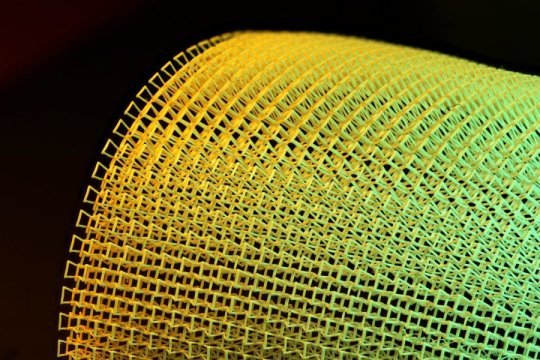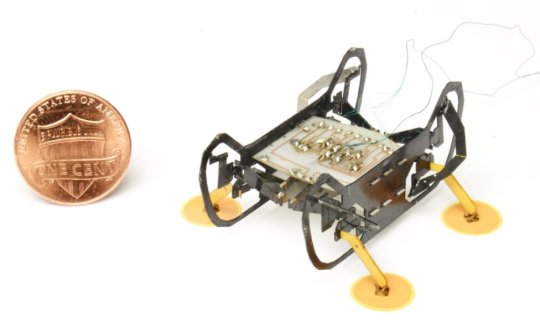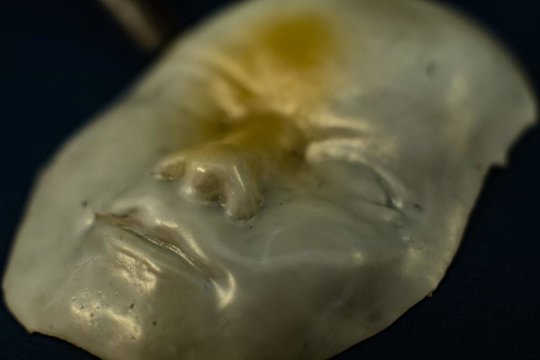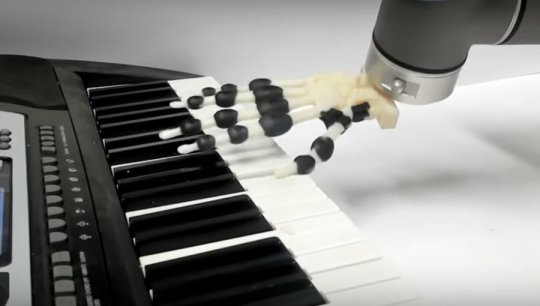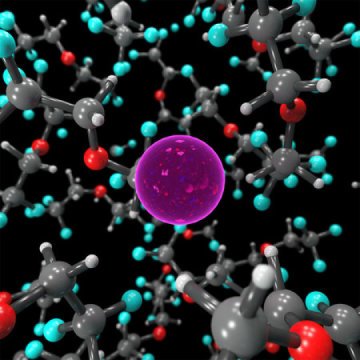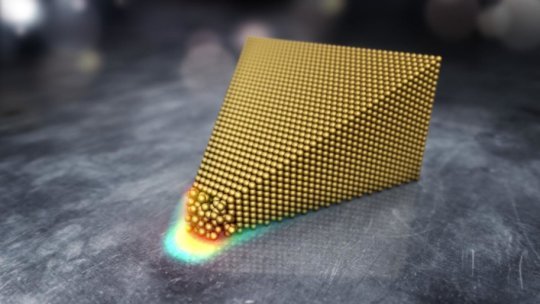Researchers at DOE's Lawrence Berkeley National Laboratory (Berkeley Lab) have 3D-printed an all-liquid device that, with the click of a button, can be repeatedly reconfigured on demand to serve a wide range of applications -- from making battery materials...
Using a new type of dual polymer material capable of responding dynamically to its environment, Brown University researchers have developed a set of modular hydrogel components that could be useful in a variety of "soft robotic" and biomedical applications.
The...
The piezoelectric materials that inhabit everything from our cell phones to musical greeting cards may be getting an upgrade thanks to work discussed in the journal Nature Materials released online Jan 21.
Xiaoyu 'Rayne' Zheng, assistant professor of mechanical engineering...
Jet engines can have up to 25,000 individual parts, making regular maintenance a tedious task that can take over a month per engine. Many components are located deep inside the engine and cannot be inspected without taking the machine...
Rice University scientists have created a rubbery, shape-shifting material that morphs from one sophisticated form to another on demand.
The shapes programmed into a polymer by materials scientist Rafael Verduzco and graduate student Morgan Barnes appear in ambient conditions and...
Scientists have developed a 3D-printed robotic hand which can play simple musical phrases on the piano by just moving its wrist. And while the robot is no virtuoso, it demonstrates just how challenging it is to replicate all the...
Move over Mona Lisa, here comes tic-tac-toe.
It was just about a year ago that Caltech scientists in the laboratory of Lulu Qian, assistant professor of bioengineering, announced they had used a technique known as DNA origami to create tiles...
Small imperfections in a wine glass or tiny creases in a contact lens can be tricky to make out, even in good light. In almost total darkness, images of such transparent features or objects are nearly impossible to decipher....
Imagine not having to charge your phone or laptop for weeks. That is the dream of researchers looking into alternative batteries that go beyond the current lithium-ion versions popular today. Now, in a new study appearing in the journal...
Human skin contains sensitive nerve cells that detect pressure, temperature and other sensations that allow tactile interactions with the environment. To help robots and prosthetic devices attain these abilities, scientists are trying to develop electronic skins. Now researchers report...
When the tension rises, unexpected things can happen -- not least when it comes to gold atoms. Researchers from, among others, Chalmers University of Technology, Sweden, have now managed, for the first time, to make the surface of a...







